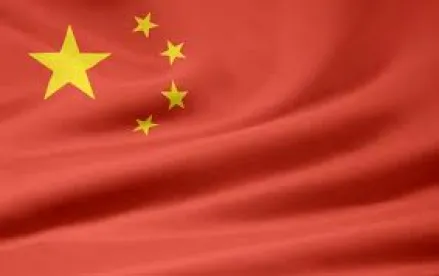On March 9, 2017, the Aluminum Association Trade Enforcement Working Group filed antidumping (AD) and countervailing duty (CVD) petitions with the U.S. Department of Commerce (DOC) and U.S. International Trade Commission (ITC), regarding certain aluminum foil from the People’s Republic of China.
According to the petitions, aluminum foil is made from an aluminum alloy that contains between 92 and 99 percent aluminum. Usually between 0.00017 and 0.00787 inches thick, aluminum foil is produced in many widths and strengths for multiple applications. Aluminum foil provides a complete barrier to light, oxygen, moisture and bacteria. For this reason, aluminum foil is used extensively in food and pharmaceutical packaging. Aluminum foil is also used to manufacture thermal insulation for the construction industry, fin stock for air conditioners, electrical coils for transformers, capacitors for radios and televisions and insulation for storage tanks.
The U.S. AD law imposes special tariffs to counteract imports that are sold in the United States at less than “normal value.” The U.S. CVD law imposes special tariffs to counteract imports sold in the United States that benefit from unfair foreign government subsidies. For AD and CVD duties to be imposed, the U.S. government must determine not only that dumping and subsidization is occurring, but also that there is “material injury” (or threat thereof) by reason of the dumped and/or subsidized imports. Importers are liable for any potential AD and/or CVD duties imposed. In addition, these investigations could impact purchasers, by either increasing prices, and/or decreasing supply, of aluminum foil.
Scope:
The petitioner proposes the following scope of investigation:
The merchandise covered by this investigation is aluminum foil having a thickness of 0.2 mm (0.00787 inches) or less, in reels exceeding 25 pounds, that is not backed, etched for use in capacitors, or cut to shape. Where the nominal and actual measurements vary, a product is within the scope if application of either the nominal or actual measurement would place it within the scope based on the definitions set forth above. The products under investigation are currently classifiable under Harmonized Tariff Schedule subheadings 7607.11.3000, 7607.11.6000, 7607.11.9030, 7607.11.9060, 7607.11.9090, and 7607.19.6000. Although the HTSUS subheadings are provided for convenience and customs purposes, the written description of the scope of this proceeding is dispositive.
Alleged Dumping Margins:
Petitioner alleges dumping margins from 37.57 to 134.33 percent.
Alleged Subsidies:
The CVD petition alleges that Chinese producers/exporters benefit from numerous countervailable subsidies provided by the People’s Republic of China.
Estimated Schedule of Investigations:
-
March 9, 2017 – Petitions are filed
-
March 29, 2017 – DOC initiates AD and CVD investigations
-
March 30, 2017 – ITC staff conference (estimated)
-
April 24, 2017 – Deadline for ITC preliminary injury determination
-
June 2, 2017 – Deadline for DOC preliminary CVD determination, if deadline is not postponed
-
August 7, 2017 – Deadline for DOC preliminary CVD determination, if deadline is fully postponed
-
August 16, 2017 – Deadline for DOC preliminary AD determination, if deadline is not postponed
-
October 5, 2017 – Deadline for DOC preliminary AD determination, if deadline is fully postponed
-
February 24, 2018 – Approximate deadline for DOC final AD and CVD determination, if both preliminary and final AD determinations are fully postponed, and the final CVD determination is aligned to coincide with the final AD determination
-
April 10, 2018 – Approximate deadline for ITC final injury determination, assuming fully postponed DOC deadlines




 />i
/>i
